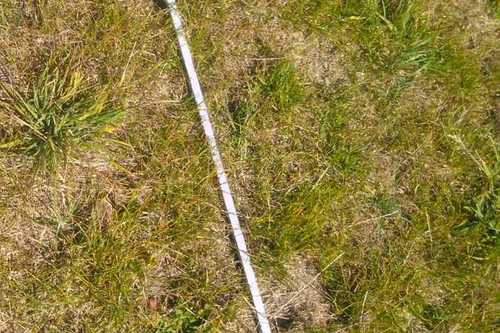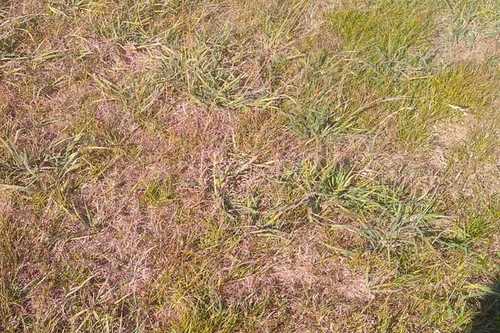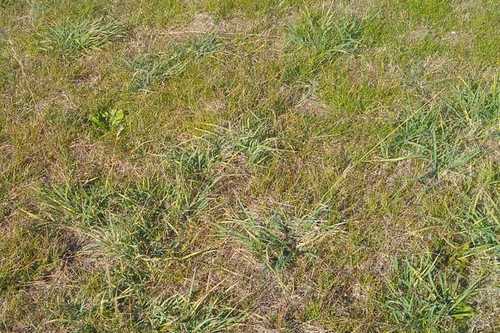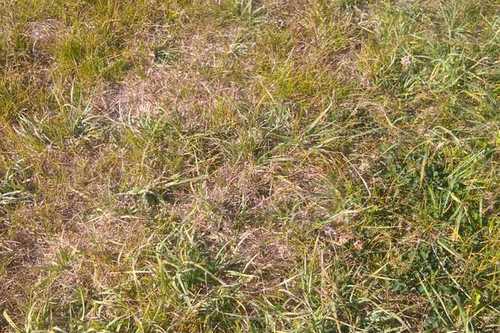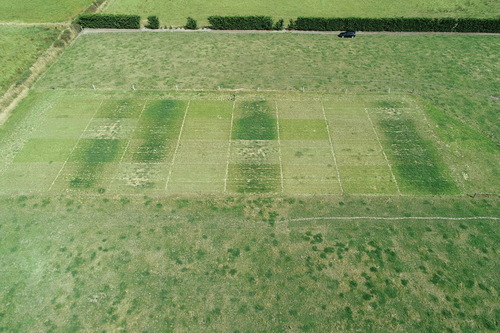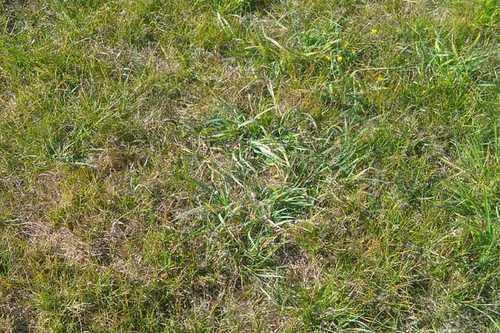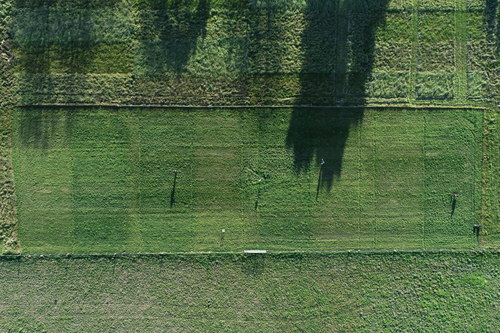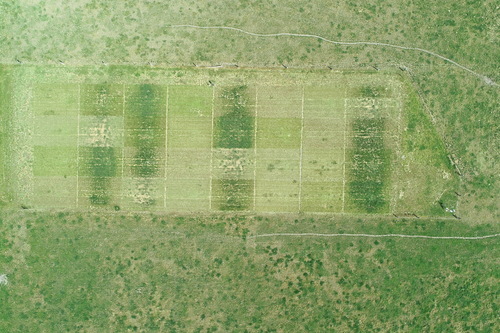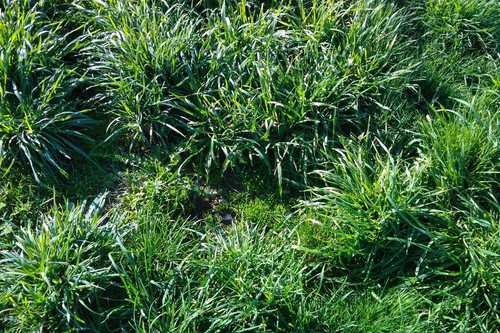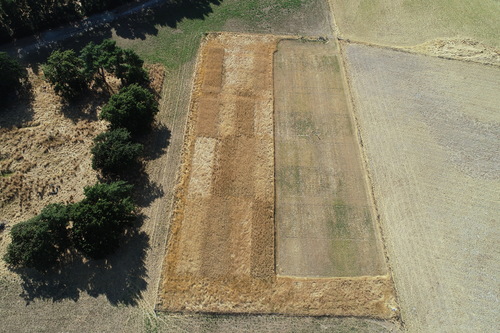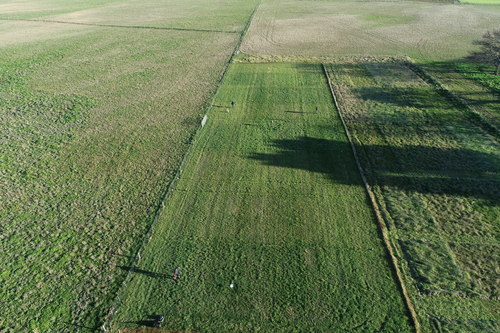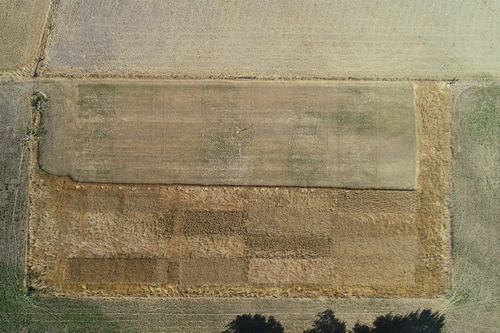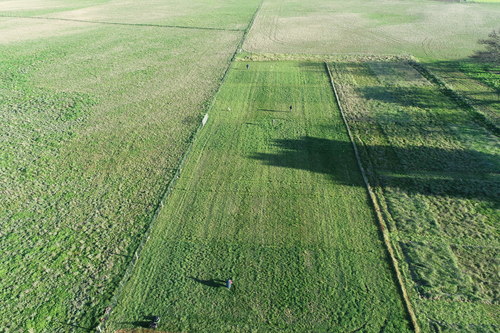Key messages
- Generally, tall fescue failed to perform in this summer-dry environment.
- Cocksfoot / sub clover pastures appear to be most resilient in this summer-dry environment with variable spring rainfall.
- A pure sward of sub clover can potentially be established with the use of acetolactate synthase (ALS) inhibiting herbicides, which could be used to create a high legume base in pasture before overdrilling grass the following year.
About the study site
Ashely Dene Research and Development Station near Burnham, Canterbury has been owned by Lincoln University since 1909. Separated into three blocks (Home, Main and Cemetery), the main area of dryland pastoral research occurs on the shallow soils, with low water holding capacity on Cemetery Block. It is a summer dry environment with annual rainfall of ~640 mm, with soil water deficits developing from September to April in most years.
Study 1
What was trialled
- The production of four grass species — perennial ryegrass, brome, cocksfoot and tall fescue— was measured under dryland conditions, with (+N) or without nitrogen (-N).
Key findings
- Total annual yields ranged from 2.04 (ryegrass -N; Year 1) to 12.7 t DM/ha/yr (cocksfoot +N; Year 3).
- Sown grasses accounted for >89% of total DM yield in Years 1 and 2 but the proportion of total annual DM production from sown species declined from Year 3. By Year 6, sown species accounted for 48 ± 3.3 (tall fescue) to 64 ± 3.3% (brome, cocksfoot and ryegrass) of total annual DM production.
- +N pastures produced ~55% more yield than –N pastures in Years 3 and 5 when spring/summer rainfall was adequate to maintain growth.
- Generally, tall fescue failed to perform in this dryland environment. However, the production and persistence of the brome, cocksfoot and ryegrass were not different when subjected to water deficits alone.
Keen to know more?
- Talamini junior et al. 2021: Annual yield and botanical composition of four dryland grass species with or without nitrogen over six years
Study 2
What was trialled
- The production and persistence of mixed species pastures established with a combination of annual clovers, white clover and plantain with cocksfoot or perennial ryegrass was measured over 8 years.
Key findings
- Cocksfoot-based pastures had 60% of sown species present in the spring of Year 8, compared with 28% in ryegrass-based pastures.
- White clover did not persist in the dryland environment past Year 2.
- Sub clover yield depended on the time and amount of autumn rainfall but contributed up to 45% of the spring yield.
- Cocksfoot / sub clover pastures appear to be most resilient in this summer-dry environment with variable spring rainfall.
Keen to know more?
- Taylor et al. 2021: Yield and botanical composition of four dryland pastures at Ashley Dene Research Farm over 8 years
Study 3
What was trialled
- The effect of ALS inhibiting herbicides on subterranean (sub) clover was evaluated. The effect of herbicide was quantified by measuring yield and phytotoxicity scores from sub clover in repose to three herbicide treatments: 0.4 L/ha Spinnaker, 1.0 L/ha Headstart, 8 L/ha 2,4-DB and were compared with an untreated Control.
Key findings
- A pure sward of sub clover can potentially be established with the use of ALS inhibiting herbicides, which could be used to create a high legume base in pasture before overdrilling grass the following year.
Keen to know more?
